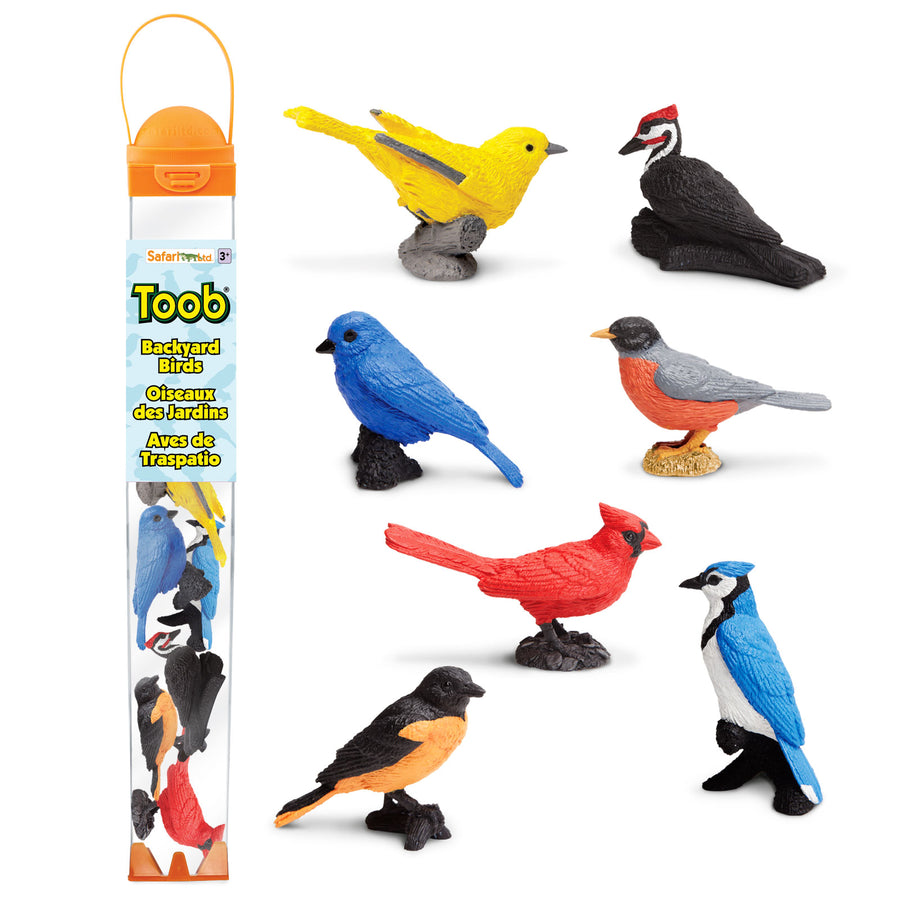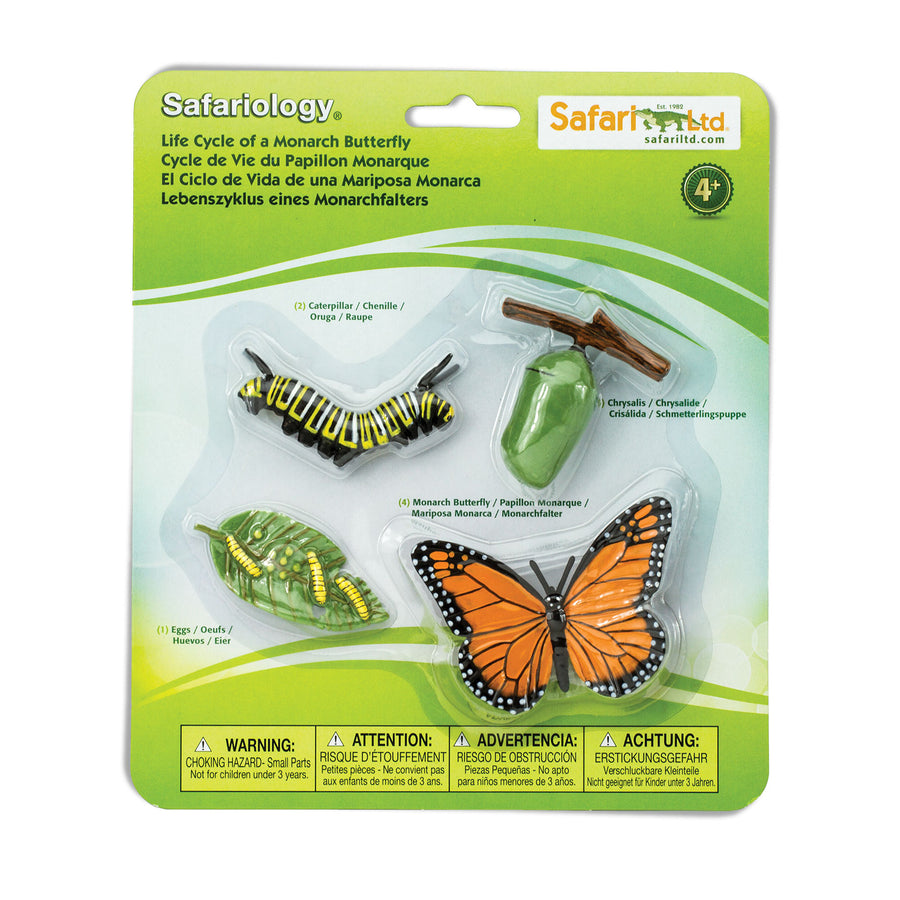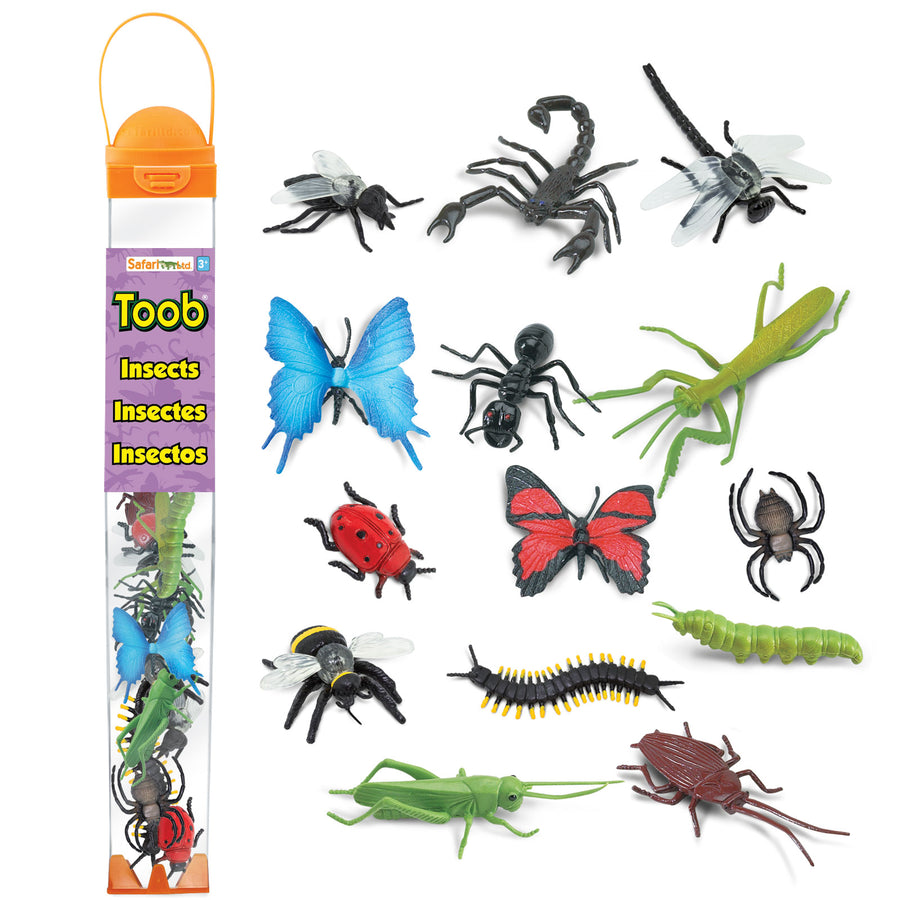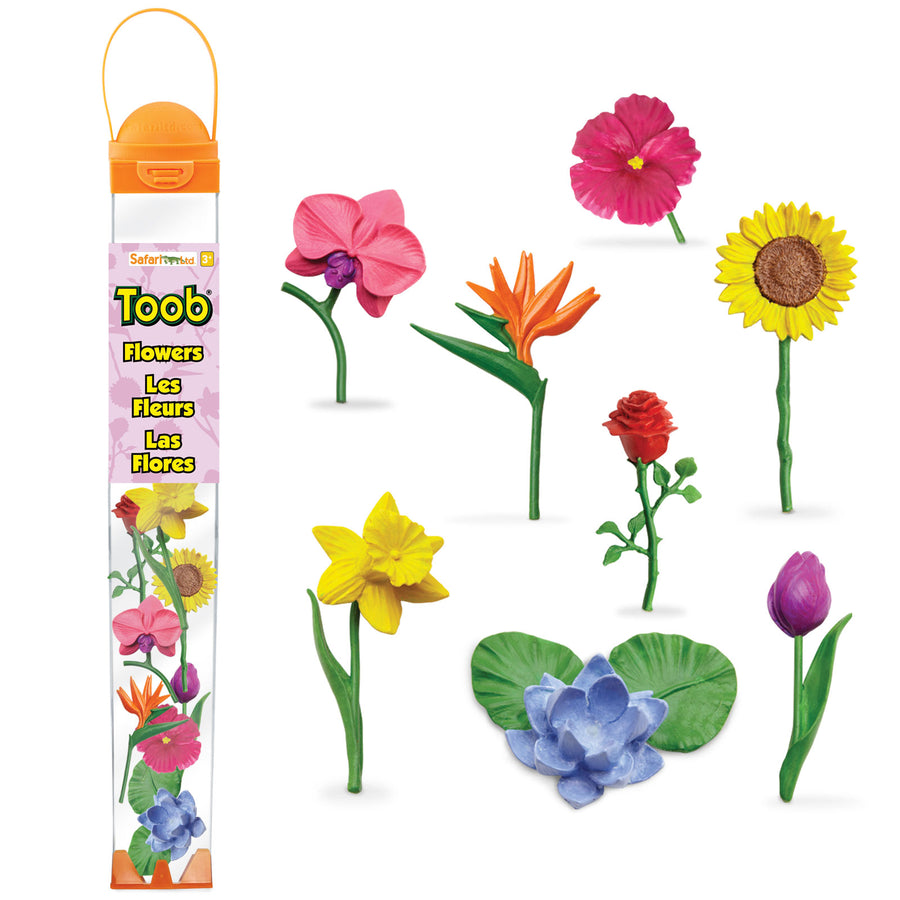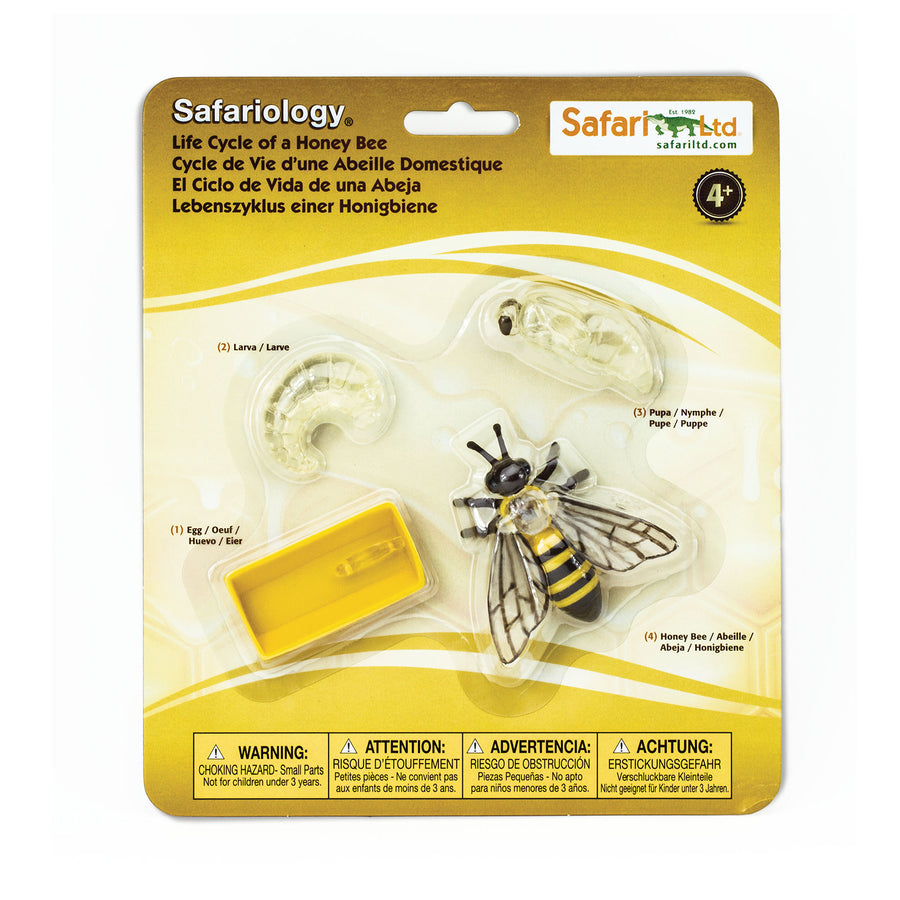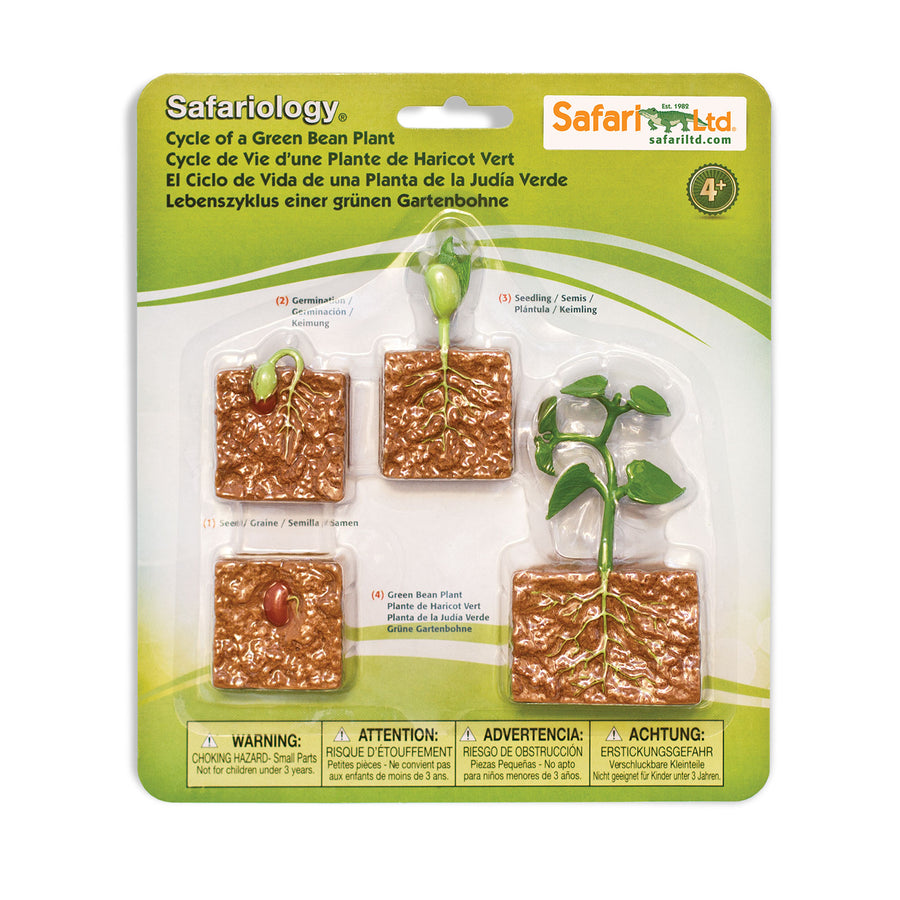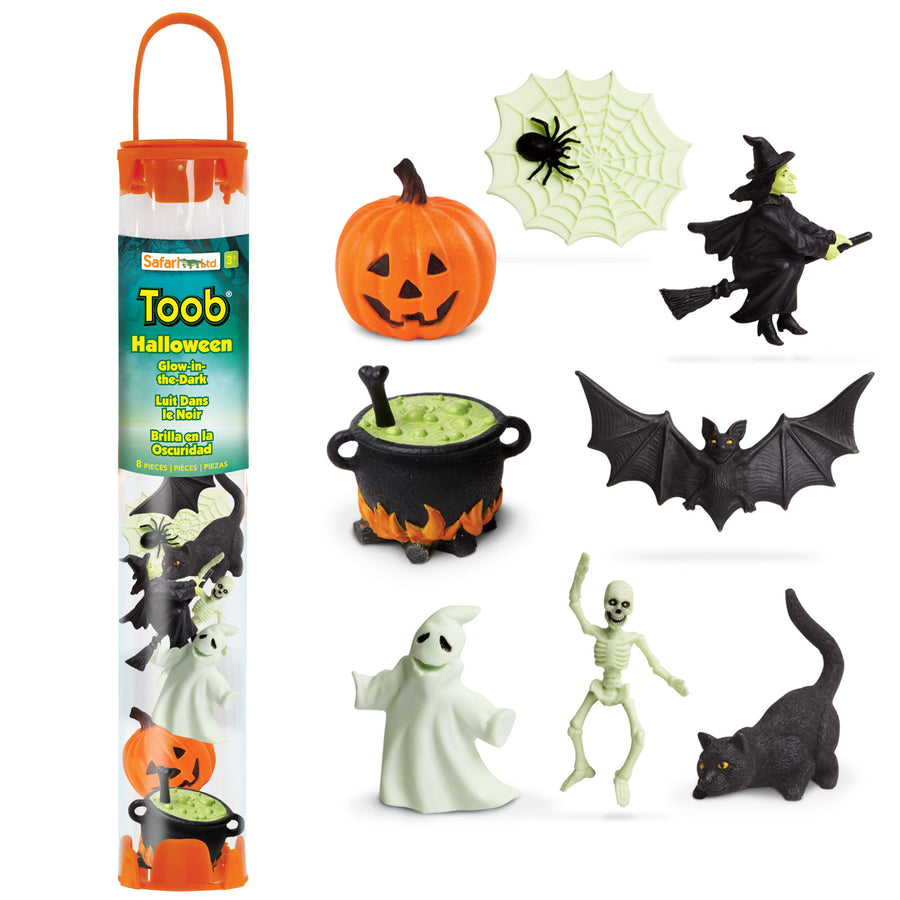The sun is shining, the birds are singing, and your little ones are bouncing off the walls with energy - what better way to channel that enthusiasm than by digging into the dirt and discovering the magic of gardening?
Gardening isn’t just about growing plants; it’s about growing curiosity, patience, and a lifelong love for nature. Here’s how you can turn your backyard (or even a few pots on the balcony) into a green playground for your kids.

The Benefits of Gardening for Kids
Gardening is more than just playing in the dirt, although, that’s definitely part of the fun! Here’s why it’s a fantastic activity for children:
• Hands-on Learning: Gardening engages kids in STEM concepts, teaching them about biology, weather, and the life cycle of plants.
• Patience & Responsibility: Watching a seed sprout into a plant is a rewarding lesson in delayed gratification and care.
• Sensory Exploration: From the texture of soil to the scent of fresh herbs, gardening stimulates the senses in a way that screens never can.
• Encourages Healthy Eating: Kids who grow veggies are more likely to eat them—because what’s cooler than eating something you grew yourself?
• Stress Reduction: Digging in the dirt has been shown to reduce stress and boost mood for both kids and adults.
Simple Gardening Projects for Kids
You don’t need a huge yard or fancy equipment to get started. Here are some easy projects perfect for little hands.

-
Egg Carton Seed Starters
Reuse egg cartons as tiny planters! Fill each compartment with soil, plant a seed (like basil or sunflowers), and watch them sprout. Once the seedlings are strong enough, transplant them directly into the garden or a bigger pot. -
Sprout a Sweet Potato Vine
Stick toothpicks into the sides of a sweet potato and suspend it in a glass of water. In a few weeks, vines will start to sprout! It’s a fun way to watch roots and leaves grow before planting it in soil. -
Painted Rock Plant Markers
Get creative by painting rocks to label different plants in the garden. This art-meets-gardening project helps kids learn plant names and ownership over their little green space. -
Grow a Pizza Garden
Plant ingredients that go into a homemade pizza—like tomatoes, basil, oregano, and peppers. It’s a fun way to connect gardening with cooking and encourage adventurous eating. -
Sunflower House
Plant sunflowers in a circle, leaving a small space for an entrance. As they grow tall, they’ll form a magical natural hideout perfect for play and imagination. -
Create a Sensory Garden
A sensory garden is perfect for engaging all five senses! Choose plants that offer a variety of textures, scents, tastes, and colors:
• Touch: Soft and fuzzy lamb’s ear, spiky rosemary, and smooth succulents.
• Smell: Lavender, mint, lemon balm, and scented geraniums.
• Taste: Edible flowers like nasturtiums, herbs like basil and thyme, and strawberries.
• Sight: Bright marigolds, colorful Swiss chard, and variegated coleus.
• Sound: Tall grasses that rustle in the wind, bamboo, or seed pods that rattle.
Encourage kids to explore the plants with their hands, noses, and even taste buds, making gardening a full sensory experience!
Gardening Science Experiments
Gardening isn’t just about growing plants—it’s a science lab in your backyard! Try these fun experiments with your kids.

- The Bean in a Bag Experiment
• What You Need: A plastic zip bag, a damp paper towel or soil, and a bean seed.
• What to Do: Place the bean inside the bag with the damp paper towel and tape it to a sunny window.
• What Kids Learn: They can observe how roots and shoots emerge, learning about seed germination in real-time. - Soil vs. No Soil Growth Test
• What You Need: Two clear cups, one with soil and one with just water, and two identical plant seeds.
• What to Do: Plant one seed in soil and the other in water, then watch what happens.
• What Kids Learn: Discover the role of nutrients in soil and why plants need more than just water to grow strong. -
Color-Changing Flowers
• What You Need: White flowers (like carnations), food coloring, and water.
• What to Do: Fill cups with water, add different food colors, and place a flower stem in each cup.
• What Kids Learn: See capillary action in action as the flowers change color, demonstrating how plants absorb water through their stems.
Small Garden Options & DIY Instructions
Not everyone has a large backyard, but that doesn’t mean you can’t garden! Here are a few small garden options with simple DIY instructions.

-
Container Gardening
Perfect for patios, balconies, or small yards, container gardening allows you to grow plants in pots, buckets, or even repurposed household items.
• How to Start: Choose large containers with drainage holes, fill them with quality potting soil, and plant easy-to-grow options like cherry tomatoes, herbs, or strawberries.
• Kid-Friendly Tip: Let kids decorate the containers with paint or stickers to make them their own! -
Raised Garden Beds
Raised beds offer a defined space for gardening while making it easier for kids to reach and tend to plants.
• How to Build: Use wooden boards to create a rectangular frame (about 4 feet wide and any length). Fill with nutrient-rich soil and plant veggies or flowers.
• Why It’s Great for Kids: Keeps plants contained, reduces weeds, and makes gardening more accessible. -
Vertical Gardens
If space is limited, grow upwards! Vertical gardens use walls, trellises, or hanging pockets to maximize space.
• How to Start: Use a wooden pallet, fabric wall pockets, or a trellis to grow climbing plants like beans, cucumbers, or hanging strawberries.
• Fun for Kids: Watching plants climb a trellis is fascinating and interactive! -
Window Sill Herb Garden
Even the smallest space can host a garden—right in your kitchen!
• How to Start: Use small pots or mason jars to plant herbs like basil, mint, or parsley. Place them on a sunny windowsill and water regularly.
• Why Kids Love It: They can snip fresh herbs to add to meals, making cooking more fun and engaging. -
Fairy Garden
Create a magical mini garden populated with whimsical fairy figurines.
• How to Start: Use a large pot and plant mini flowers or herbs. Add in small rocks, fairies, mini houses, and more.
• Why Kids Love It: They can enjoy planting and growing their own little garden while also creating a small world play set.
Read more about creating a DIY Fairy Garden HERE.
DIY Worm Farm: A Fun & Eco-Friendly Project
Introduce kids to composting and soil health with a simple DIY worm farm! Worm farms recycle food scraps into nutrient-rich compost while teaching kids about decomposition and sustainability.

How to Make a Worm Farm:
1. Find a Container: Use a plastic bin with a lid (about 10-20 gallons).
2. Drill Holes: Make small air holes in the lid and drainage holes in the bottom.
3. Layer Bedding: Add shredded newspaper, damp cardboard, or coconut coir for the worms to live in.
4. Add Red Wiggler Worms: These worms are the best for composting and can be purchased online or at a gardening store.
5. Feed the Worms: Provide small amounts of fruit and veggie scraps (no dairy, meat, or citrus).
6. Maintain Moisture: The bedding should be damp, like a wrung-out sponge.
7. Harvest Compost: Every few months, remove the dark, crumbly compost to enrich your garden soil!
Why Kids Love It:
• Watching worms break down food scraps is fascinating and hands-on.
• It’s a great way to introduce eco-friendly habits.
• Worms are wiggly, fun, and low-maintenance pets!
Additional Resources:
- Safariology Life Cycle of a Worm
- Safariology Life Cycle of a Green Bean Plant
- Growing Flowers Book
- My Fairy Garden Light Garden
- wikihow construct a raised garden bed
- wikihow DIY Worm Farm
Gardening is an adventure filled with dirt, discovery, and delicious rewards. Whether you have a backyard, a balcony, or just a windowsill, you can help your kids cultivate a love for nature that will grow with them for years. So grab some seeds, dig in, and watch as tiny hands bring new life to the world - one sprout at a time!
About the Author
Anji Audley is a former teacher and tutor with experience spanning preschool through middle school, bringing a deep understanding of child development and the power of hands-on learning. As a mother of two boys, an artist, and a passionate advocate for hands-on, playful learning, she loves blending creativity and play to spark curiosity in young minds.
Anji is especially interested in STEAM and early literacy and believes in the power of cross-content and multisensory learning to create meaningful educational experiences. She advocates for learning that is engaging, immersive, and filled with wonder. You can find her exploring nature, diving into good books, painting or creating, and continuously searching for new ways to educate the whole child.

